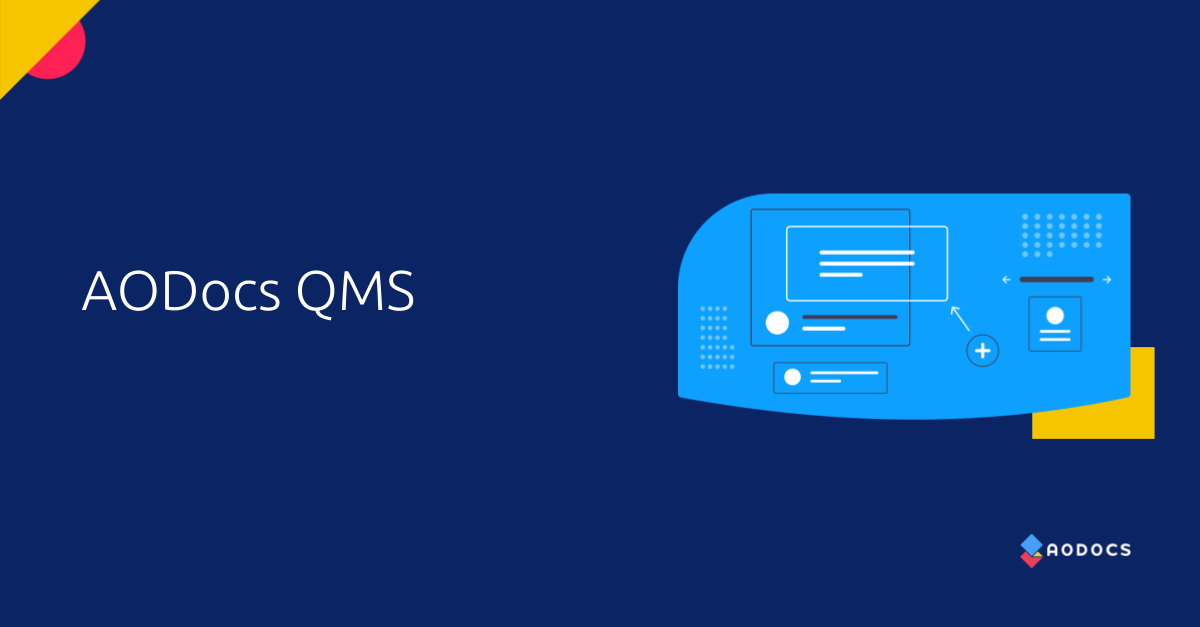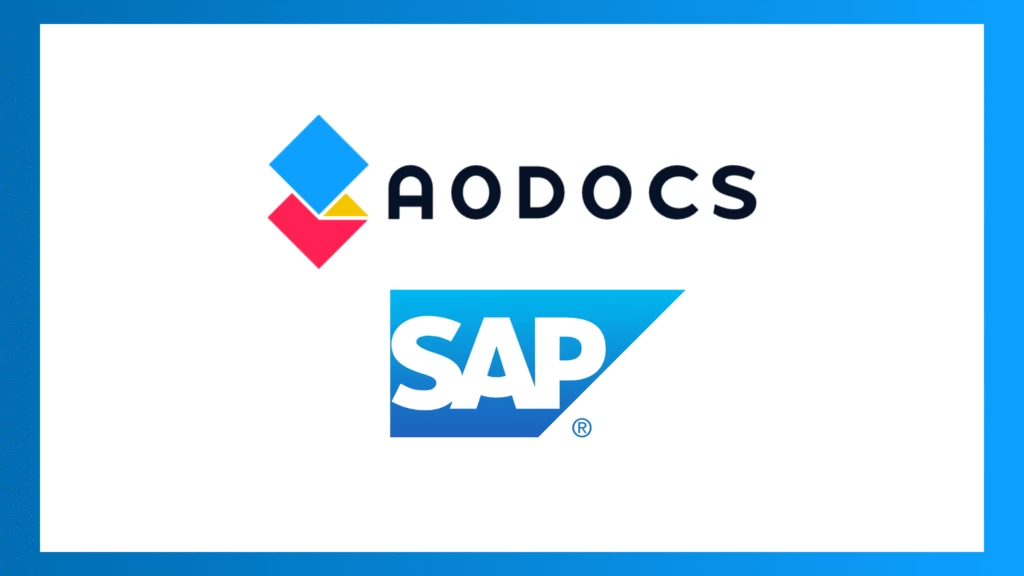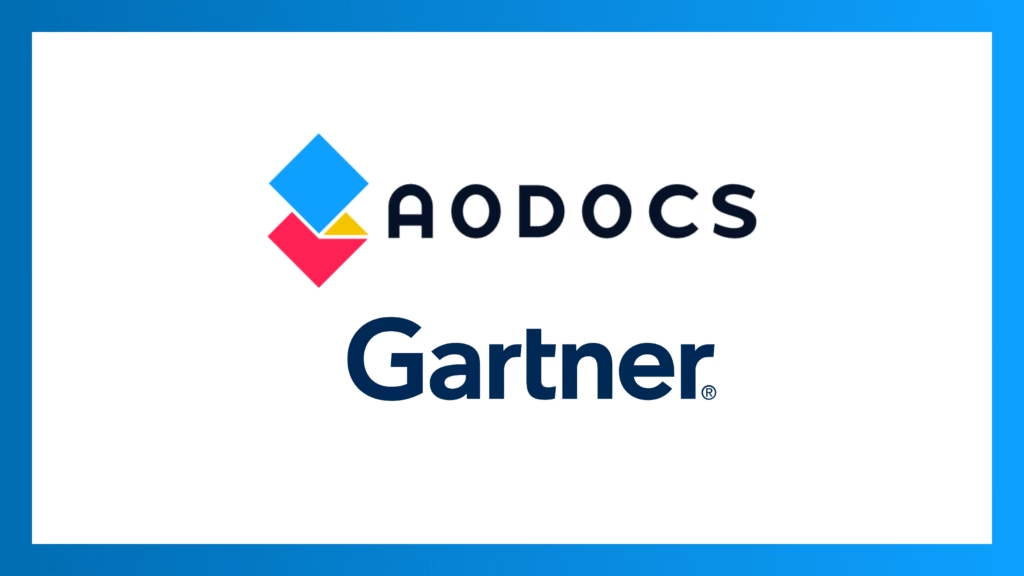The Cost of Quality (CoQ), also known as Quality Costs, is the cost related to the number of resources used to maintain the quality of products. It also includes the costs associated with detecting, correcting, and preventing issues with the product, both internally and externally. Quality costs can occur anywhere in an organization, so it’s an important metric for you to measure, especially when it can directly impact the bottom line.
Why Measure the Cost of Quality?
The American Society for Quality (ASQ) suggests that the Cost of Quality ranges somewhere between 15 – 20% of sales, and can be as high as 40% in some organizations. To prevent these errors and failure costs from hurting your business’s revenues and profitability you need to know what this means.
Calculating the COQ within your organization allows you to categorize these costs, find the issues early in the process, and then fix them. This, then, eliminates waste and increases profits. It also has the great benefit of pivoting your organization away from control and correction of problems to instead focussing on preventing these issues from cropping up in the first place.
To use an analogy, you can stop trying to put out all of the fires and then repairing the resulting damage. Instead, you can work to prevent those fires from occurring in the first place. Clearly, preventing those problems will save you a lot of time, effort, and money.
How much money can be saved? We can figure that out by calculating the COQ in your organization.
Calculating Your Cost of Quality
All of that makes sense, but when you need to pitch this to your boss, it’s a good idea to truly grasp what your current costs truly are. There are two main components to factor when determining your true Cost of Quality:
- Your Cost of Good Quality (CoGQ)
- Your Cost of Poor Quality (CoPQ)
By simply adding the CoGQ and the CoPQ together you will get the total cost of Quality within an organization:
COQ = CoGQ + CoPQ
Of course, it helps to know what elements factor into the Cost of Good Quality as well as those that impact the Cost of Poor Quality.
Determining the Cost of Good Quality (CoGQ)
Two categories make up CoGQ, Appraisal Costs (AC) and Prevention Costs (PC). These costs contain any controls put in place by the organization and activities to prevent issues in the first place.
Appraisal Costs: the cost of reviewing and auditing the product and processes used. Some of these costs are:
- Inspections
- Testing
- Quality Audits
- Calibrations – Equipment management
Prevention Costs: the cost of controls used to prevent failures and eliminate defects. Some of these costs are:
- Quality Planning
- Quality Assurance
- Product development
- Risk Management
- Quality Training
- Investing in a Quality Management System
- Supplier Management
- Lessons Learned analysis
So, as an equation (you know you love equations), it would look like this:
CoGQ = AC +PC
Don’t get the wrong idea here – taking shortcuts to save money on CoGQ may be tempting, but you would end up paying far more in the end once you understand the true Costs of Poor Quality.
Cost of Poor Quality (CoPQ)
Poor Quality can really hurt you. Think about an undetected flaw in the production of an automobile that then recalls hundreds of thousands of vehicles. Think how much money must be spent to resolve a recall at that scale, and you can easily see why this is critical to mitigate or resolve.
While those are certainly wake-up calls, we still need to be able to calculate the Cost of Poor Quality. There are two categories that factor into the CoPQ. Those are Internal Failure Costs (IFC) and External Failure Costs (EFC).
Internal Failure Costs: These costs occur when the product fails to meet the standards or requirements and are remedied before the product or service reaches the customer. Some of these costs include:
- Scrap
- Rework
- Machinery Malfunctions
- Failure Analysis
External Failure Costs: These costs occur when remediating a defect of a product detected by the customer after it was shipped. I touched on this earlier, but these external costs include:
- Service and Repairs
- Customer Complaint Management
- Returns – handling investigations or recalls on products
- Warranty Claims
As an equation, this would look like this:
CoPQ = IFC + EFC
Of all of the categories listed above, it’s the external failures that cost organizations the most. These failures put your reputation at risk along with the loyalty of your customers. My marketing friends will tell you that the negative PR that can come from this comes with an intangible cost.
Remember a few years ago when Samsung released the Galaxy Galaxy Note 7? They suffered the Cost of Poor Quality when it was discovered that the batteries used in that device tended to overheat and could literally catch on fire. There was a good bit of negative press, and it got so bad that airlines would announce to passengers that anyone traveling with one of those phones to please turn them off and give them to a cabin steward for the duration of the flight.
Certainly, Samsung had the physical costs of rectifying the problem via a massive recall, but the intangible costs of that negative PR and reputation hit are hard to calculate. No one wants to be in that position.
As you may have gathered, it’s these external failures that can cost your organization the most. Had Samsung discovered the battery issue internally, they would have had the opportunity to engineer a fix before releasing faulty devices to the public. Instead, they suffered bad publicity and the resulting hit to their reputation. How many potential customers decided to go with another manufacturer because of this flaw?
TL;DR
Generally, organizations with poor quality incur higher failure costs compared to the potential prevention and appraisal costs. Conversely, an organization with good quality will incur relatively lower total Quality Costs by their investment in prevention and appraisal activities, which can lessen the risks and reduce the costs of failure.
Naturally, every manufacturer has different factors to consider while determining their Total Cost of Quality. It’s also possible to overspend on preventive measures, so think through how rigorous you need to be with internal and external failure possibilities. Determining the right mix per category will allow you to keep costs in check, mitigate the potential of internal or external failures, and ultimately increase profitability for your company.



